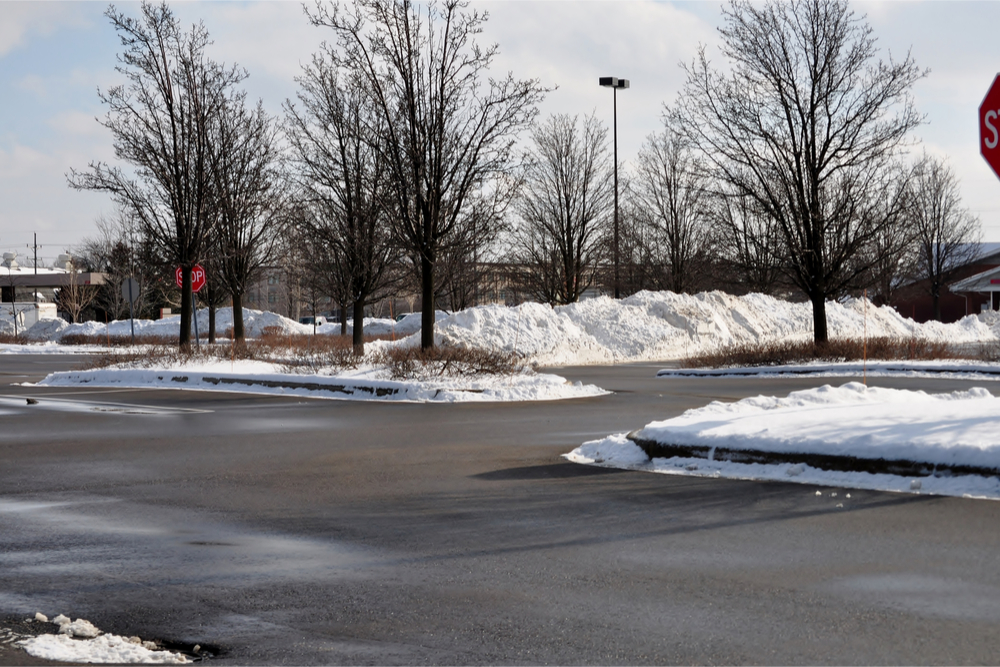How to Tell If Damage to My Concrete Is from an Ice Melter, the Seal, or Poor Concrete Quality

Let’s break down why pinpointing the source is so difficult and what’s actually happening beneath the surface.
It is very difficult to determine whether concrete damage — such as scaling, flaking, or cracking — is caused by an ice melter, poor sealing, or the original quality of the concrete itself.
There are several reasons for this:
- You can’t observe what’s happening in real time during a storm or freeze event.
- Most people don’t know whether their concrete was properly air-entrained — a process done at the concrete plant that introduces air bubbles to relieve pressure during freeze-thaw cycles.
- It’s often unclear whether the surface was properly “worked” during installation — meaning leveled and smoothed to reduce porosity.
- You might not know if or when the concrete was sealed, or what condition that seal is in now.
- Damage can be delayed: products used in previous years may have left behind residue that weakens the surface, even if they didn’t cause problems at the time.
- A new product applied later can then trigger visible issues, even if it wasn’t the root cause.
Ultimately, damage occurs not from the deicer alone, but from water infiltration and repeated freeze-thaw cycles that stress and degrade the concrete over time.
What Happens Inside the Concrete
These cycles exert pressure from within the concrete. If the concrete wasn’t made with the proper air entrainment — tiny air bubbles that act as release valves — this pressure has nowhere to go, so it starts breaking apart the surface. This leads to what we see as scaling, pitting, or cracking
Even when a concrete surface looks fine for years, these internal stresses may build silently. Add in the use of deicing chemicals — especially the wrong kind — and a visibly weakened surface can suddenly appear.
“There’s always something new to learn.”
The Problem with Residual Chemicals
Over time, this trapped moisture and chemical load can weaken the top layer of concrete. If newer, safer products are applied later (even correctly), they might be blamed for damage that has been developing for years. The deterioration has already begun — the latest product simply revealed it.
How Concrete Quality Contributes
Concrete may be vulnerable if:
- It lacked air entrainment during mixing.
- It was poured and left without being properly “worked” to close the pores.
- It was never sealed or the sealant has worn off.
- It was mixed improperly or not suited to the region’s climate.
Air entrainment is especially important in freeze-prone climates. Without it, the freeze-thaw cycles become far more destructive. Unfortunately, most homeowners don’t know the specifications of their concrete — especially if it was poured by a builder years ago.
What You Can (and Can’t) Know
It’s important to acknowledge that even with careful observation, you may never know exactly what caused the surface damage. It may be one issue or a combination of many.
That’s why prevention is critical:
- Seal your concrete routinely (every 2–3 years in cold climates).
- Use only concrete-safe deicers, especially ones marked safe for air-entrained and older concrete.
- Apply products in small test areas first to check for adverse reactions.
- Avoid over-applying deicers — use the right amount, not more than needed.